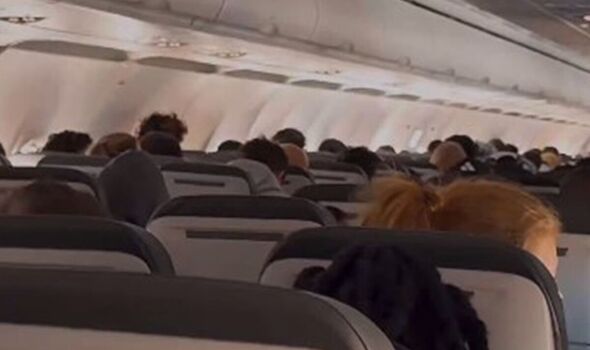The Brazilian aerospace manufacturer Embraer has officially begun production of the first C-390 Millennium aircraft designated for the Swedish Air Force. This significant development follows Sweden’s formal order for four C-390 airlifters, with options for an additional seven units. The procurement is part of a joint initiative led by the Netherlands, involving collaboration with Austria.
This milestone reflects Sweden’s strategic move to replace its aging C-130H fleet as part of a broader modernization effort. The deal, formalized four weeks ago, has led to a noticeable increase in Embraer’s stock, signaling strong investor confidence in the company’s future prospects.
Details of the C-390 Order
Sweden’s decision to select the C-390 as a replacement for the C-130H was solidified in 2024, culminating in the signing of the contract under a government-to-government framework. This arrangement streamlines the procurement process, ensuring standardized support across partner nations. According to reports from Reuters, Embraer commenced construction of the first aircraft on October 28, 2025, marking a key step in delivering Sweden’s new airlift capabilities.
The C-390 is designed to offer enhanced payload capacity, speed, and multirole flexibility, which are essential for Sweden’s operational needs. This aircraft not only supports airlift missions but also serves in aerial refueling and aeromedical evacuation roles, thus broadening its utility for the Swedish military.
Implications for Embraer and Sweden
For Embraer, securing a NATO customer like Sweden strengthens the company’s order book and improves factory efficiency as deliveries are phased in. The added options for seven more aircraft provide potential for increased revenue without straining working capital. The Dutch-led framework also enhances lifecycle cost management through shared training and spare parts logistics, benefiting all parties involved.
From Sweden’s perspective, the C-390 enhances tactical transport capabilities while ensuring interoperability with NATO allies. This increased operational efficiency allows the Swedish Air Force to conduct missions with fewer sorties, thus improving response times during critical operations in the Nordic regions.
Economically, Sweden’s investment in the C-390 also reinforces ties with Brazil’s industrial sector, complementing its earlier purchase of Gripen fighters. Politically, the initiation of production offers a tangible milestone, enabling government officials to demonstrate progress in defense spending to taxpayers.
The C-390’s modern control systems and ease of maintenance position it as a cost-effective solution compared to legacy aircraft like the C-130 Hercules. As Sweden moves forward with its procurement, the C-390 is set to play a pivotal role in enhancing the nation’s air mobility capabilities, particularly in the Baltic region and North Atlantic.
Overall, this development not only boosts Embraer’s presence in Europe but also solidifies Sweden’s commitment to modernizing its military infrastructure through strategic international partnerships.







